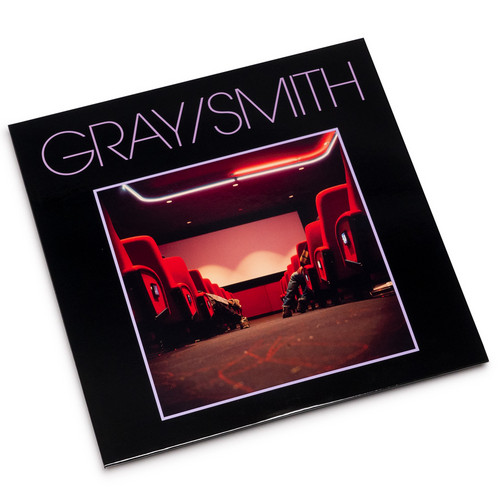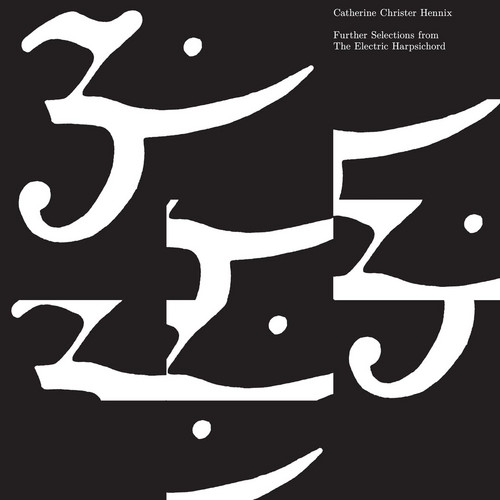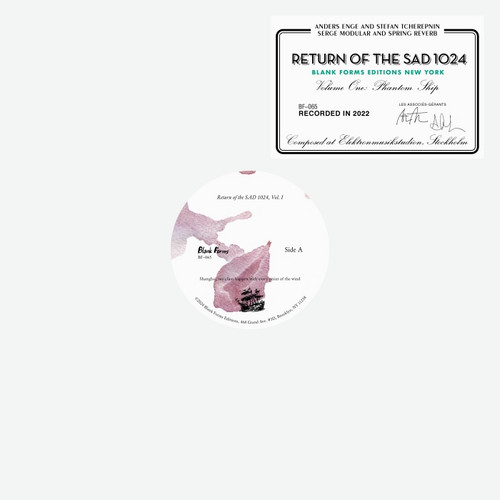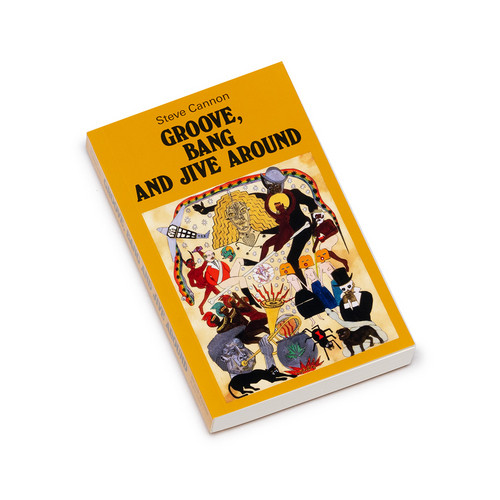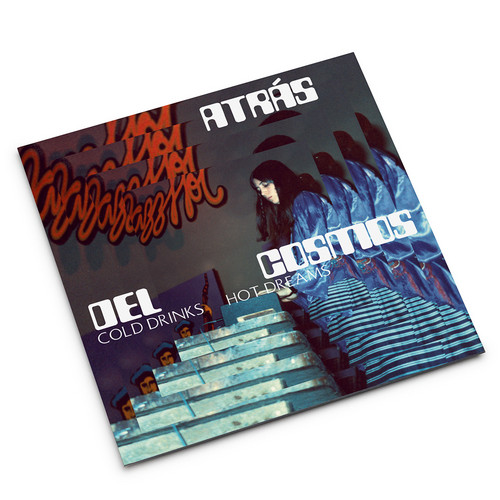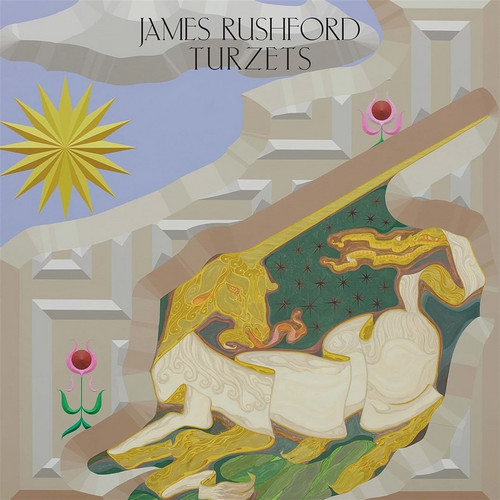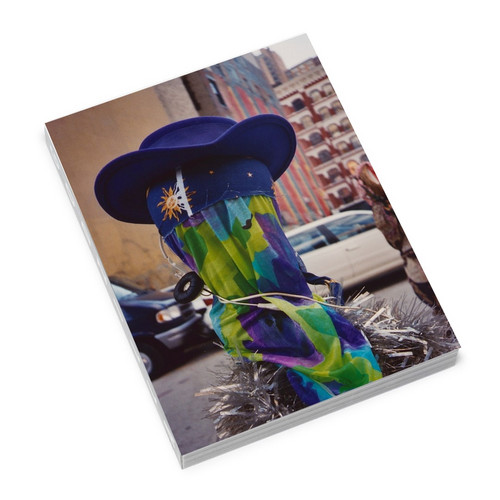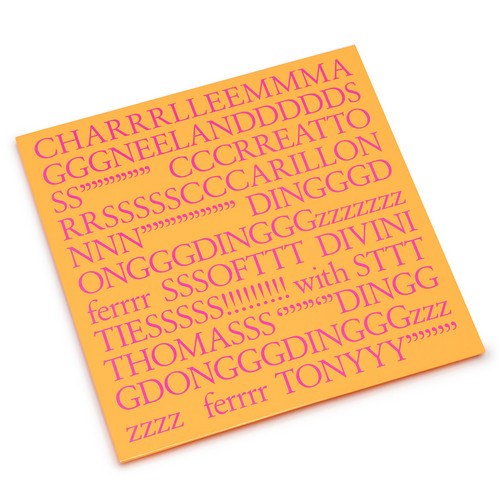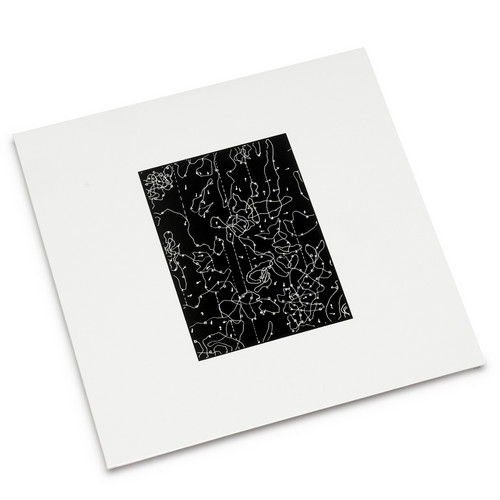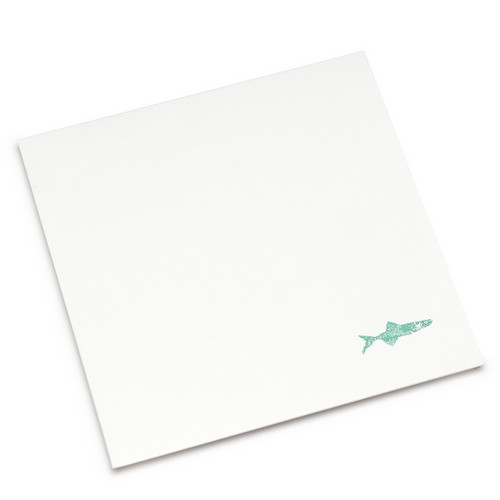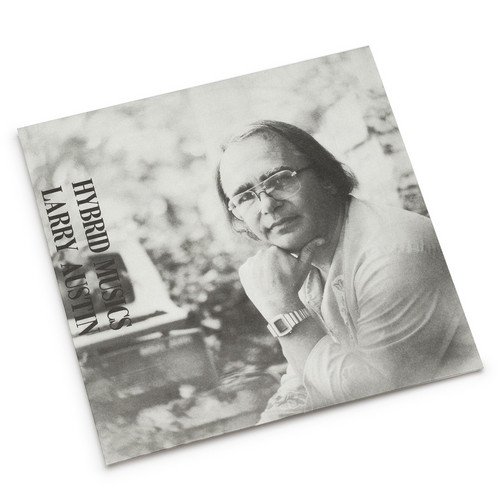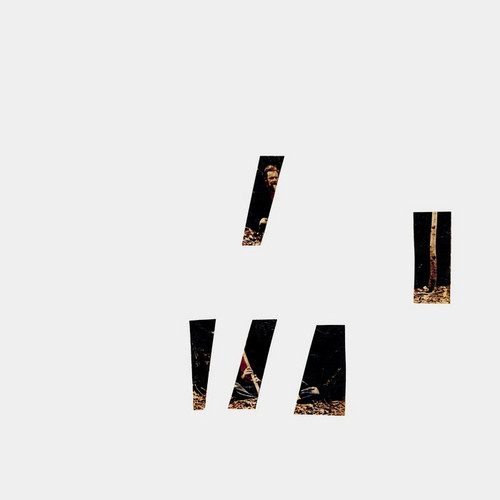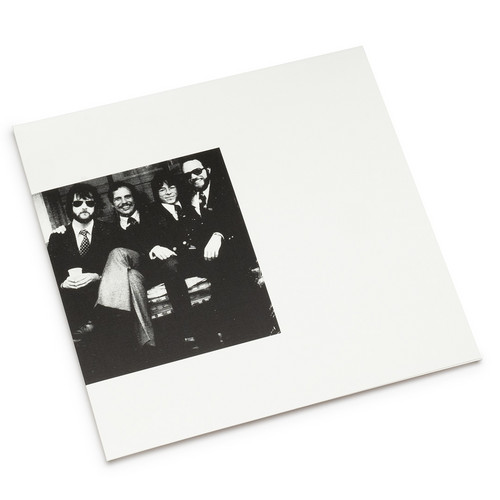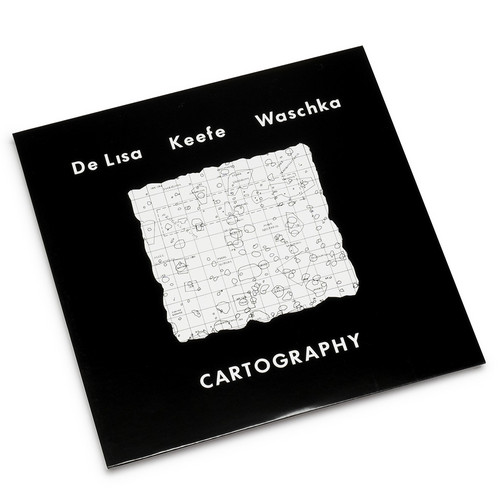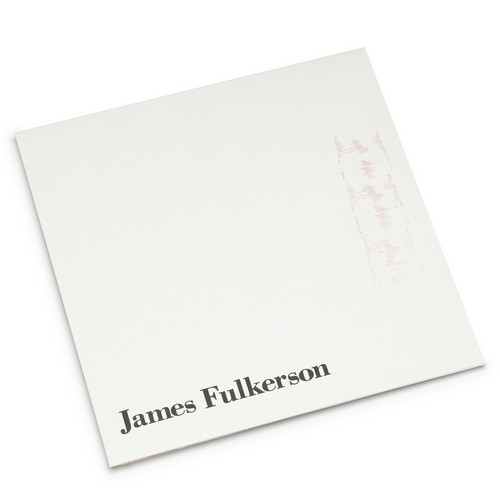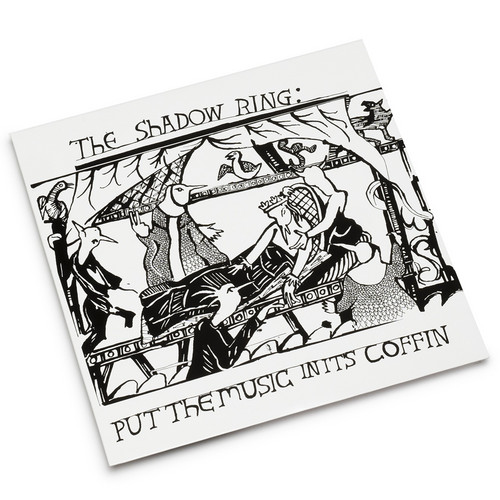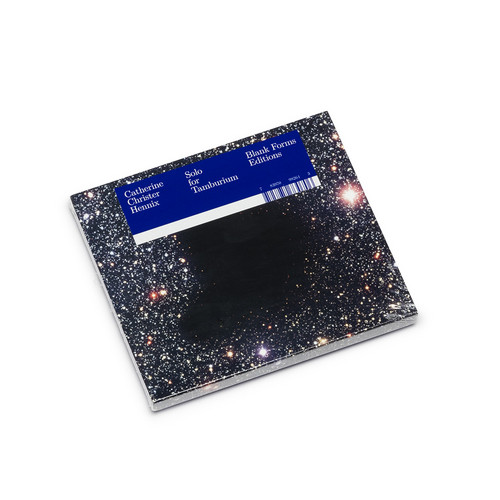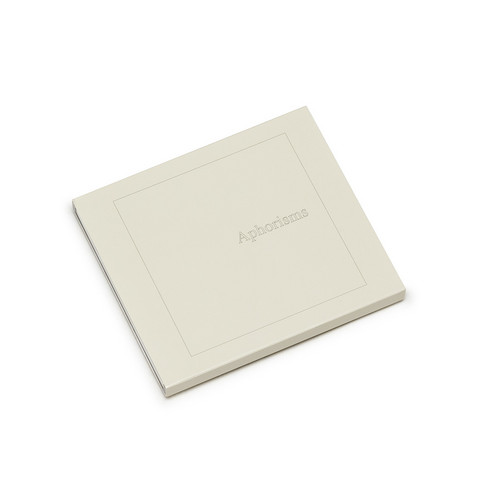★Blank Forms
Heels In The Aisle
The sophomore effort from Gray/Smith refines their petroleum-based, hard-lullaby sound with a decidedly dusty precision. Formed in the outer-edges of Kings and Richmond counties circa 2020, Gray/Smith is something of an East-coast involution. L. Gray (guitar and vocals) and Rob Smith (drums, guitar and vocals) are both trusty veterans of “band’s bands” like Pigeons, No-Neck Blues Band, Rhyton, and the Suntanama, freewheeling groups known for mining from polyglot sources: rough-hewn folk and the …
Further Selections from the Electric Harpsichord
CD Edition. Rediscovered and compiled for release shortly before her death in November 2023, Further Selections from the Electric Harpsichord presents a never-before-heard recording of composer and artist Catherine Christer Hennix's early magnum opus. Originally debuted in 1976 at the festival Brouwer's Lattice at Stockholm's Moderna Museet, The Electric Harpsichord has steadily mystified fans and students of Western minimalist music for its implacable, transformative qualities, and the long-hel…
Return of the SAD 1024, Vol. II
During a 2010 stay in Stockholm, Sweden, Stefan Tcherepnin cold-called the Elektronmusikstudion (EMS) and began making frequent visits to the facility’s Serge Modular, the synthesizer system developed by his uncle. Tcherepnin secured a makeshift residency at the studio, and soon met Anders Enge, a musician and producer associated with the acid techno label Börft. For over a decade, the pair have collaboratively explored the instrument’s outer-limits in the hallowed studio where figures like Knut…
Return of the SAD 1024, Vol. I
During a 2010 stay in Stockholm, Sweden, Stefan Tcherepnin cold-called the Elektronmusikstudion (EMS) and began making frequent visits to the facility’s Serge Modular, the synthesizer system developed by his uncle. Tcherepnin secured a makeshift residency at the studio, and soon met Anders Enge, a musician and producer associated with the acid techno label Börft. For over a decade, the pair have collaboratively explored the instrument’s outer-limits in the hallowed studio where figures like Knut…
Groove, Bang And Jive Around
Despite decades of notoriety as one of the “filthiest books in the world,” Steve Cannon’s first and only novel, Groove, Bang and Jive Around, has hardly been read since first being published by the Paris-based Ophelia Press in 1969. Due to its scarcity, the New York Press deemed it “an underground classic of such legendary stature that New York’s black cognoscenti have transmogrified the work into urban myth.” This debut, revised for release by Olympia Press in 1971, cemented Cannon’s place as a…
Cold Drinks, Hot Dreams
LP pressed at RTI. Tip-on jacket printed at Stoughton Printing Co. Atrás del Cosmos have been called Mexico’s first free jazz ensemble. Founded in 1975 by pianist Ana Ruiz, saxophonist Henry West, and percussionist Evry Mann, the trio soon became a central force in Mexico City’s creative arts community, mentoring a generation of improvisers, incorporating a revolving cast of artists into their immersive happenings, and sustaining a scene through their legendary weekly performances at El Galeón t…
Turzets
The latest in a prolific string of solo and collaborative releases by James Rushford, Turzets collects a pair of new works primarily created and recorded last year while the Australian composer-performer was in residence at La Becque, an art center on Lake Geneva in Switzerland. The side-length piece “Fallaway Whisk” explores hesitation in its many forms—reticence of speech, sonic restraint—using live, abstracted translations of text from English to German against a lush and swelling soundscape.…
Curtis Cuffie (Book)
Curtis Cuffie (1955–2002) was an artist who lived and worked in and around the East Village from the mid-1980s until his untimely death in the early 2000s. He moved to New York from Hartsville, South Carolina, as a teenager and lived unhoused for long stretches of his adult life. Cuffie found local notoriety for the way he adorned the streets of downtown New York, collecting what the city provided, often sifting trash to stage on-the-spot sculptures along the Bowery and Cooper Square. His arrang…
CHARRRLLEEMMMA GGGNEELANDDDDDS SS”””””” CCCRREATTO RRSSSSSCCCARILLON NNN”””””””” DINGGGDONGGGDINGGGzzzzzzz ferrrr SSSOFTTT DIVINI TIESSSSS!!!!!!!!! with STTT THOMASSS ‘’’’”‘”DINGG GDONGGGDINGGGzzz zzzz ferrrr TONYYY’’’’’’’’
DINGGGDONGGGDINGGGzzzzzzz!!!!!!! In the newest record by the iconoclastic Brooklyn-born composer Charlemagne Palestine (b. 1947), find two mesmerizing works for carillon, the keyboard-controlled bell tower derived in the 16th century. On side A, a new piece recorded at the artist’s studio in Belgium—a high-ceiling, stuffed-animal-packed paradise he calls Charleworld—among friends and “divinities,” his name for the thousands of plush toys he’s amassed since the ’60s. On the flip side, Blank Forms…
Cantegral Segment(s) 16.17.18.19. / Transform (Stream) / Transphalba / Volta (Kernel)
Like Hunt’s composition “Lattice,” released on Texas Music in the same year, the four pieces included on Cantegral Segment(s) (IR-0032, 1979) represent a culmination and transformation of Hunt’s investigations from across the decade. The “Cantegral Segments” are a body of scores (or strategies) derived from and developed alongside the evolving compositional procedure Hunt called Haramand Plane, first used in a large-scale performance of that name from 1972 that employed elaborate homemade audio …
Texas Music
Tip! One of the first Irida releases, Texas Music (IRIDA 0026, 1979), collects compositions by Jerry Hunt (hailing from Dallas), Philip Krumm (based in San Antonio), and Jerry Willingham (“in and out” of Austin). The record was produced in two editions: one for mass consumption in a corrugated plain brown sleeve featuring a single fish stamp on the cover by the artist David McManaway, and a small “fundraising edition” sold in the same packaging at a higher price with a numbered print by McManawa…
Hybrid Musics
Larry Austin (1930–2018), thirteen years Hunt’s senior, was a key interlocutor for the composer. The two met during Austin’s term as editorial director of the magazine Source: Music of the Avant Garde and both had studied music at the University of North Texas. Following stints at the University of California, Davis, and the University of South Florida, Austin returned to UNT as professor in 1976 and took over its electronic music studio, the Center for Electronic Music and Intermedia. When Hunt…
Music of Dary John Mizelle
Music of Dary John Mizelle is a recording of three densely layered compositions by the eponymous Oklahoma-born composer. Originally trained in trombone performance, Mizelle was a graduate student in composition at the University of California, Davis, under Larry Austin. The two, alongside Stanley Lunetta, had founded the free improvisation group New Music Ensemble in 1963 on campus with the intention of exploring the outer limits of performance and composition. Mizelle became the youngest member…
Music Of BL Lacerta
Tip! Music of BL Lacerta is an album of spontaneous music featuring two live performances, one at the University of North Texas art gallery and one at the Second National Tuba-Euphonium Symposium-Workshop, and a stray studio recording done at a facility in Lexington, Kentucky. The collective BL Lacerta, whose name is derived from a distant astronomical constellation, formed in 1976 (Lacerta also translates to “lizard,” accounting for the group’s reptilian cartoon logo). They began as classical m…
Cartography
“Mapping” here refers to the interest of composer Larry Austin (1930–2018) in the adaptation of external structures (such as mathematical figures or shapes observed in nature) for the purpose of generating compositional material. This concern was shared by his PhD composition students at the university of North Texas, three of whom—Rodney Washka II, Gene De Lisa, and Robert Michael Keefe— are represented on Cartography. Each experimented with the possibilities of the Synclavier digital music sys…
James Fulkerson
James Fulkerson’s release on Irida, Works (IRIDA 0017, 1980), is the first collection of the trombonist’s own compositions, all of which he had written and developed in the mid-’70s. Just as Jerry Hunt had done with Cantegral Segment(s), Fulkerson problematized the presentation of his work as a record in the liner notes, where he noted the complex and intense relationship he had developed with the pieces over countless concerts and rehearsals: “I was overwhelmed with the sense of disparity betwe…
Put The Music In It's Coffin
Throughout their legendary, decade-long run, The Shadow Ring were an enigmatic force on the international musical sub-underground. Before their disbandment in 2002, this shambolic rock outfit, formed by a group of rowdy teenagers in southeast England, left behind a mighty run of eight LPs, a handful of 7"s, and a spate of raucous live shows and cryptic zine appearances on both sides of the Atlantic, all which have bolstered their enduring word-of-mouth mystique. Beginning this year with the firs…
Solo For Tamburium
With Solo for Tamburium, Hennix plays and manipulates recordings of her precisely tuned and continuously sustained tamburas through a keyboard interface, fusing tones into psychoacoustic textures in the style of her early modal works
Aphorisms
** 2CD ** —Pascal Graham Lambkin (of Shadow Ring fame) returns with a long awaited epic double LP, Aphorisms, his first major solo outing since Community (Kye, 2016). Recorded mostly during the early winter months of 2022, in post-pandemic New York and post-Brexit London, Aphorisms assembles the sonic detritus of daily life into hauntingly intimate aural soundscapes. Made between Lambkin's residence in East London and Blank Forms in New York, Aphorisms superimposes the two spaces onto one anoth…
The Cat & Bells Club
140g black vinyl pressed at RTI. Insert & jacket printed at Stoughton Printing Co. Mastered by Stephan Mathieu * In 1992, under the guise of the Cat & Bells Club, eighteen-year-old Cheriton residents Graham Lambkin and Darren Harris self-released three tapes—two yellow cassettes and one pink—documenting their earliest musical efforts at S.H.P. studios (Lambkin’s bedroom in his parents’ house). The lowest of all lo-fi recordings, these tracks were laid down live, directly into a boombox with no o…
